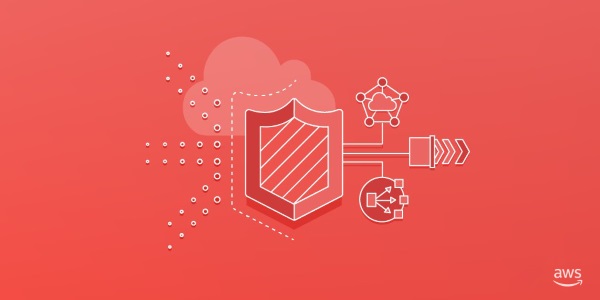AWS Security Blog
Now You Can Use AWS Shield Advanced to Help Protect Your Amazon EC2 Instances and Network Load Balancers

Starting today, AWS Shield Advanced can help protect your Amazon EC2 instances and Network Load Balancers against infrastructure-layer Distributed Denial of Service (DDoS) attacks. Enable AWS Shield Advanced on an AWS Elastic IP address and attach the address to an internet-facing EC2 instance or Network Load Balancer. AWS Shield Advanced automatically detects the type of AWS resource behind the Elastic IP address and mitigates DDoS attacks.
AWS Shield Advanced also ensures that all your Amazon VPC network access control lists (ACLs) are automatically executed on AWS Shield at the edge of the AWS network, giving you access to additional bandwidth and scrubbing capacity as well as mitigating large volumetric DDoS attacks. You also can customize additional mitigations on AWS Shield by engaging the AWS DDoS Response Team, which can preconfigure the mitigations or respond to incidents as they happen. For every incident detected by AWS Shield Advanced, you also get near-real-time visibility via Amazon CloudWatch metrics and details about the incident, such as the geographic origin and source IP address of the attack.
AWS Shield Advanced for Elastic IP addresses extends the coverage of DDoS cost protection, which safeguards against scaling charges as a result of a DDoS attack. DDoS cost protection now allows you to request service credits for Elastic Load Balancing, Amazon CloudFront, Amazon Route 53, and your EC2 instance hours in the event that these increase as the result of a DDoS attack.
Get started protecting EC2 instances and Network Load Balancers
To get started:
- Sign in to the AWS Management Console and navigate to the AWS WAF and AWS Shield console.
- Activate AWS Shield Advanced by choosing Activate AWS Shield Advanced and accepting the terms.
- Navigate to Protected Resources through the navigation pane.
- Choose the Elastic IP addresses that you want to protect (these can point to EC2 instances or Network Load Balancers).
If AWS Shield Advanced detects a DDoS attack, you can get details about the attack by checking CloudWatch, or the Incidents tab on the AWS WAF and AWS Shield console. To learn more about this new feature and AWS Shield Advanced, see the AWS Shield home page.
If you have comments or questions about this post, submit them in the “Comments” section below, start a new thread in the AWS Shield forum, or contact AWS Support.
– Ritwik